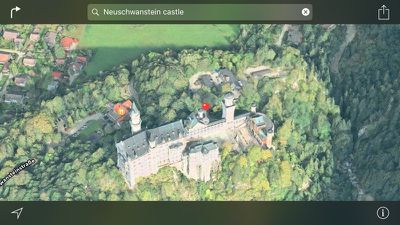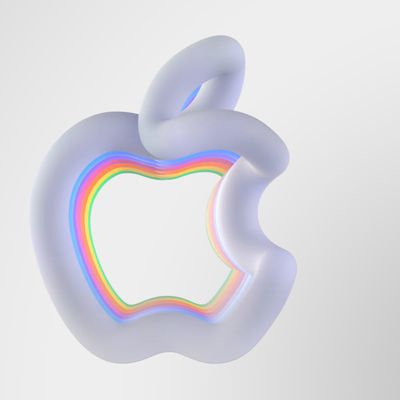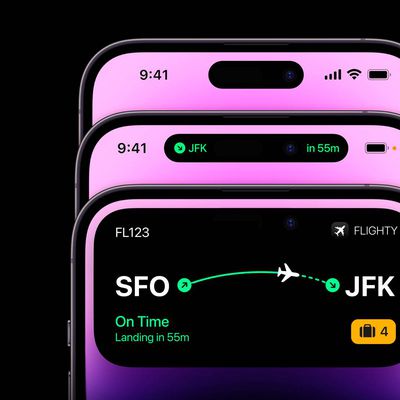Apple today added several new Flyover locations to Apple Maps on Mac and iOS, highlighting landmarks and features in several countries in Europe, including Spain, Italy, Germany, and France. Apple has also added a single location in Mexico and two new locations in Japan.
For those unfamiliar with the Flyover feature in Maps, it lets users see photo-realistic 3D videos of select areas, which they can zoom, pan, and rotate through to get a close up look at notable landmarks and points of interest. Some of the locations listed may have been previously available as Flyover destinations, but were just officially added to Apple's official list of Flyover locations.

The full list of new Flyover additions:
- Angers, France
- Carcassonne, France
- Florence, Italy
- Genoa, Italy
- Pavia, Italy
- Stuttgart, Germany
- Mannheim, Germany
- Neuschwanstein Castle, Germany
- Mexicali, Mexico
- Murcia, Spain
- Nagasaki, Japan
- Shizouka, Japan
Flyover was first introduced alongside iOS 6 in 2012, and over the course of the last three years, Apple has been steadily adding new Flyover locations to the Maps app. As of February, some Flyover locations have been updated with real-time animated landmarks, making the Flyover experience more immersive, and many Flyover locations have an additional City Tour feature that walks users through different landmarks in each city.






















Top Rated Comments
Apple is focusing on all the wrong things with maps. Fix your POI and address data. Streamline the process for incorrect map data reporting to make it easier to crowdsource the data to improve maps. Add real-time (accurate) traffic re-routing.
Google maps has all of the above and it's way more capable as a mapping solution.
Whether you're talking about Flyover or Street View, some use it to "know before you go." Others, indeed, use it to fantasize, whether that's for a visit one never makes, or to re-visit old haunts. Yeah, it can be "armchair travel," but so what? Armchair travelers are curious about the world about them, which, to me, is a very good thing.
Maps serve more than a single, utilitarian purpose - they serve a wide range of utilitarian purposes, and some that are purely entertainment (what's that saying... "All work and no play makes Jack a dull boy?"). A fly-over imparts info that cannot be conveyed in an abstract, two-dimensional street grid, and can impart more useful data than a two-dimensional satellite image. Is that information of primary or secondary importance? That, too, will depend on the user's needs.
For me, the more maps, the merrier. I rarely refer to a single map when I travel - each has strengths and weaknesses; as far as I'm concerned, the competition between Apple and Google has been anything but a waste of resources on either company's part.
Oh, and one more thing: You have options and Google is one of them. Use it. See how that works? Isn't life grand?
Yes, I do. Almost exclusively. I prefer it.
Just my $0.02.
I was in central Paris the other day, searched for "Opera" and got "This place does not exist" as an answer. Google Maps will never show such inept behaviours and feels overall like a smarter tool. It better understands human language, has a better database on POI, better geolocation of those POI, usable transit directions with live updates (in London, using Google vs Apple Maps saves you about 20 minutes in my experience), Uber and other transports integration, and some very useful functionalities (i.e. Street View). I don't think that the underlying maps data is vastly superior on the Google product vs the Apple one, but Google makes a much, much more natural and efficient use of it. Google maps "just works". Even the iOS 3 version of Google Maps was more reliable and less frustrating than iOS9's Apple maps.